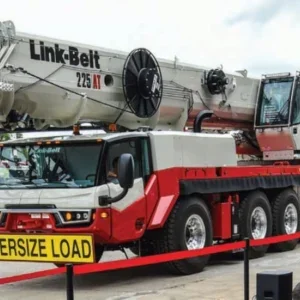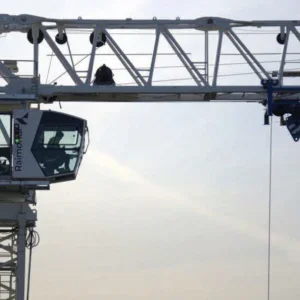At the end of the 1980s, property prices in some parts of Tokyo were at a world record high. In a paper written for the Bank of Japan’s Institute for Monetary and Economic Studies, Shigenori Shiratsuka identifies three boom periods, starting with the Iwato boom in the late 1950s that marked the start of post-war Japan’s high economic growth period.
A further boom followed in the 1970s as a result of aggressive government spending, aimed at ‘remodelling the Japanese archipelago’ with new high speed rail links. Then, in the late 1980s, as the country’s financial sector became centralised in Tokyo and the city took its place as a global city, property prices soared. Shiratsuka says that the ‘intensified bullish expectations’ of this latter Heisei boom period were largely driven by aggressive behaviour among financial institutions, who inadequately managed risk, in an increasingly deregulated environment: precisely the factors many identify as responsible for the current worldwide crisis.

When the inevitable crash came, it was devastating. Over more than a decade, property prices were pushed further and further down, as low as 1% of peak values for some properties in Tokyo’s prime financial district. Prices only began to rise in the last two years, before the worldwide crisis hit. The effect on construction business, and lifting, was equally horrific.
Kobelco found itself caught in the collapsing bubble. Tatsuo Maruo, senior director of the company’s marketing division, says, “During those days, we had a very small market where we sold machines mostly to contractors who did construction work with their own cranes. We sold almost no cranes to rental companies. The rental companies could not afford to pay for new cranes with the low rental charges they got from the market. The used crane market in South East Asia was very small, so the exit route for Japanese customers’ old cranes was very limited. There was no chance to replace or invest in new machines.”
Just as many companies are doing now, Kobelco had to make some tough choices. Maruo says, “It was a time for survival. Internally, we had to reduce expenses, including labour. We had to make hard cost reductions.”
Coming out of the slump, Kobelco pursued a strategy based on expanding both the reach and the range of its business. Maruo says, “Since then, we’ve put more efforts into overseas markets, into new products, and into our sales network.”
The company’s most recent full year results, covering the 12 months to 31 March 2009, demonstrate what the company has done. In 2007, the company launched the first of its large sized crawler cranes. The company says these sold well in the 2008 fiscal year, ‘making a significant contribution to profitability’.
Maruo says, “Our best selling model, with the longest delivery time, is still the 250t crawler [badged as the CKE2500, CK2500 or 7250, with some difference in design in different markets]. We have been expanding our market globally with smaller models, such as the 250-tonner.
“With the SL6000 (550t) that we introduced in 2007, we enhanced our market very successfully, with very positive reactions from customers. We expect more good reactions to the new model SL4500 (400t), which we introduced at Intermat.”
As well as developing new capacity crawlers, the company has found success with a version of the CKE2500 designed for wind turbine installations. Maruo says that a wind turbine attachment will soon be offered for the SL6000.
Offering new products is only one part of building a global business; equally important is to build an international sales and servicing organisation. The company has not been immune to the crisis that has affected the worldwide lifting industry, but it has worked to mitigate the effects. In the Middle East, for example, the company says it has been working with distributors on their marketting. It has also built a worldwide service organisation.
Maruo says, “We now have parts warehouses in the US, UK, and Singapore. The Middle East was the overseas division that did not have its own parts in stock. Now though, we’ve moved from Dubai, which was just an office, to Sharjah where we have a parts warehouse.
“As the machine population grows in the Middle East, we have to stock parts to have more customer satisfaction, which will eventually contribute to our business. In Europe, we had parts stock in the UK, but now we stock parts in the Netherlands: on 19 June, we celebrated the opening of the new warehouse with an open day for customers.”






